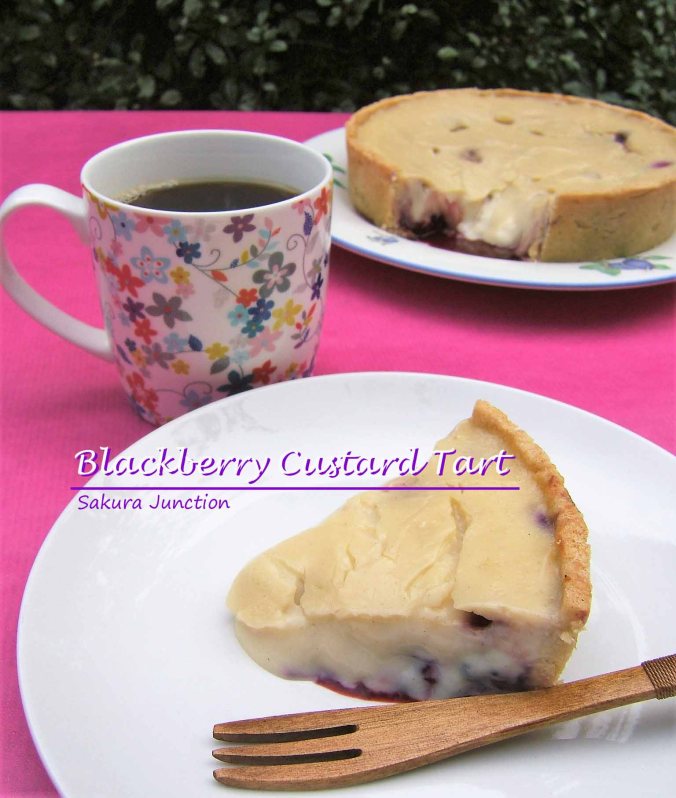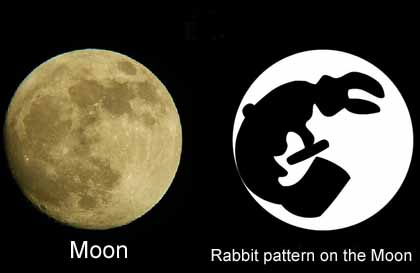
Summer has gone …


Have you been to Japan? Where did you visit? I am sure one of the places you’ve been in Japan must be Kyoto. Everybody loves visiting Kyoto. It is the old Capital City of Japan with lots of temples and Shinto Shrines. You find old fashioned shops standing on narrow stone paved path. You feel like you’ve been Time slipped into 200 years ago.
There is lots of famous food in Kyoto. One sweet many people buy when they visit Kyoto is ‘Yatsuhashi (八つ橋)’. It is a Mochi type of sweet with Cinnamon flavour either soft (Nama-Yatsuhashi) or baked hard. You might think Cinnamon is very western spice but I believe we started using Cinnamon quite a long time ago. It came from China and it still has the Chinese name ‘Nikkei/Nikki‘ as well as the western name.
The famous soft type Yatsuhashi is normally cut into a square shape and folded into a triangular by wrapping sweet Bean Paste inside. The spicy scent of Cinnamon is very appetising and it goes well with Tea or Coffee as well as Green Tea.

I made my version of Yatsuhashi in a slightly western appearance.
I like foraging. Although I hardly do any foraging myself I like the idea of it. Of course I hate the recent new foragers who never consider how nature’s cycle works and remove all mushrooms they can find from the area even before mushrooms open the umbrella. It is becoming a great threat to forests in the UK. That is outrageous! Nothing remains in the forest if people keep doing this.
That is not what I do. My foraging is much more in a smaller scale … such as Blackberry Picking. However, it does not seem a good season for Blackberry this year. It might be the problem where I live but I could get only handful of them.
Anyway, there is a sweet I always make in Blackberry season.

I have roughly explained about ‘Chushu‘ (the Middle of Autumn Day) and the Full Moon viewing custom in Japan in the previous post. However, there is another key character in this Story. It is a Rabbit.

In Japan we say there is a Rabbit living on the moon and makes (pounds) ‘Mochi’ Rice Cake on ‘Jugoya‘ the Full Moon. I think the story started because people in the old days saw a Rabbit shape in the pattern on the Moon.

However, there are several stories to back up the thought behind it.
2. In China it was said that rabbits were making medicine for immortality by pounding on the moon. When this story came to Japan the story changed that rabbits were making ‘Mochi (Rice cake)’ instead of medicine.
Anyway, it’s time to introduce my Moon Rabbits.

It is Japanese sweet which made of ‘Nerikiri‘ (White Bean Paste with Mochi) and Free from Gluten and Dairy & Oil.
It is becoming the middle of Autumn ‘Chushu (中秋)’. Actually it is this Thursday, the 15th of September this year and that is the day we can see the Full Moon. The night of the day is called ‘Jugoya / 十五夜’ (‘Jugo‘ means fifteen and ‘Ya (Yoru)’ means night). Basically it is the Fifteenth Moon from the New Moon, hence the Full Moon.
In Japan we have a custom of ‘Tsukimi (月見)’ (viewing the Full Moon) on this day. It came from China during Nara / Heian period (8-11 C) into the life of upper class people. They had a party viewing the Full Moon and read poems about it. Later on in Edo period (17-19C) it was taken to common people as well and the day was combined with the festival for farmers to hope for a good harvest.
Nowadays, it is still the same. We enjoy viewing the Full Moon. We look forward to the clear sky with the beautiful Moon. On the day we prepare for the night by placing ‘Susuki (Japanese Silver Grass)’ and of course some sweets. What kind of sweet the family have depends on which region where they live but mostly they are ‘Mochi‘ type.
So I made these Japanese sweets for Jugoya Night, one is the Full Moon Yokan in Chocolate flavour and the other one is Moon Rabbit.

What is your favourite fruit in summer-time? Mine is definitely Watermelon. In Japan when you see big watermelons displayed in a shop I feel ‘summer is here!’. We used to have some farmers selling ripe watermelons on the side of the street. When I was about 13 on one Sunday evening my family came back from a day out and saw a farmer was about packing up his stall. He had one big watermelon which had a crack and told us “Can you buy this watermelon, please. It’s got a crack but it is very sweet. I’ll make it just 100 yen for you”. 100 yen is about 50 pence in present time. Of course we bought the watermelon and went home. When we put the tip of a knife into the watermelon it just cracked up into two by itself because it was so ripe. The flesh was so red and juicy. It was the best watermelon I have tasted in my entire life. All of my family still talk about it when we eat watermelon. It was such a memorable taste.
As the Sweet in summer time I had to make ‘Watermelon’ as a Japanese sweet. It is almost like an homage to my summer-time childhood.

How does it look?
It is made of Sweet White Bean Paste with Rice Flour & Black Sesame Seeds.